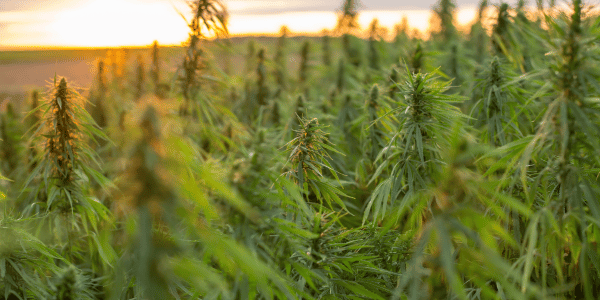Hemp, often associated with its more famous cannabis relative, marijuana, is a plant species known scientifically as Cannabis sativa L. Despite its shared botanical family, hemp is distinct in its chemical composition and uses. Over the years, hemp has played a significant role in history and industry, and today, it’s garnering attention for its environmental sustainability and potential health benefits.
Historical and Industrial Significance of Hemp
Hemp’s history as a cultivated plant dates back thousands of years. Ancient civilizations in Asia and the Middle East utilized hemp for its fibers, using them to make ropes, textiles, and even paper. The strength and durability of hemp fibers made them invaluable for maritime uses, and its versatility extended to the production of food, oils, and medicinal substances.
During the colonial era and into the early years of the United States, hemp was a critical crop. Farmers were encouraged, and at times even required, to grow hemp. It was seen as so vital that during World War II, the U.S. government launched a “Hemp for Victory” campaign, urging farmers to grow as much hemp as possible to aid in the war effort.
Hemp vs. Marijuana: Understanding the Difference
The confusion between hemp and marijuana arises from their visual similarities and shared species. However, the key difference lies in their chemical composition, specifically in the concentration of tetrahydrocannabinol (THC), the psychoactive compound found in marijuana. By legal definition in many countries, including the United States, hemp must contain less than 0.3% THC, which is insufficient to produce any psychoactive effects. In contrast, marijuana typically contains much higher levels of THC.
Hemp’s Nutritional and Health Benefits
Hemp seeds, derived from the hemp plant, are highly nutritious and rich in healthy fats, protein, and various minerals. They are an excellent source of essential fatty acids, including omega-3 and omega-6, and are rich in protein, making them a great addition to vegetarian and vegan diets. The seeds also contain gamma-linolenic acid, which has been linked to several health benefits.
Hemp seed oil, pressed from the seeds of the plant, is used in a variety of dietary and skincare products. It’s known for its potential to improve heart health, reduce symptoms of skin disorders like eczema, and provide anti-inflammatory benefits.
Hemp’s Environmental Impact
Hemp is renowned for its environmental sustainability. The plant grows quickly, requires relatively little water, and is remarkably resilient to pests, reducing the need for chemicals. Hemp also enriches the soil it grows in, making it an excellent crop for rotational farming practices.
Furthermore, hemp’s utility extends beyond its seeds and fibers. Hempcrete, made from the woody interior of the hemp stalk mixed with lime and water, is gaining popularity as a sustainable building material. It’s lightweight, strong, and has excellent insulation properties.
Legal Landscape and Future Prospects
The legal landscape surrounding hemp has been complex, largely due to its association with marijuana. However, recent years have seen a significant shift, with many countries legalizing hemp cultivation for industrial and health purposes. The 2018 Farm Bill in the United States, for example, removed hemp from the Controlled Substances Act, recognizing it as a legitimate agricultural commodity.
Looking forward, the potential of hemp continues to expand. Research into its uses in biofuels, bioplastics, and as a sustainable alternative in various industries is ongoing. Its role in health and nutrition is also a subject of increasing interest, with studies exploring more of its potential benefits.
In conclusion, hemp is a plant with a rich history and a promising future. Its versatility, nutritional benefits, and environmental sustainability make it a valuable resource in various sectors. As the world becomes more environmentally conscious and health-focused, hemp is likely to play an increasingly significant role in our lives.

